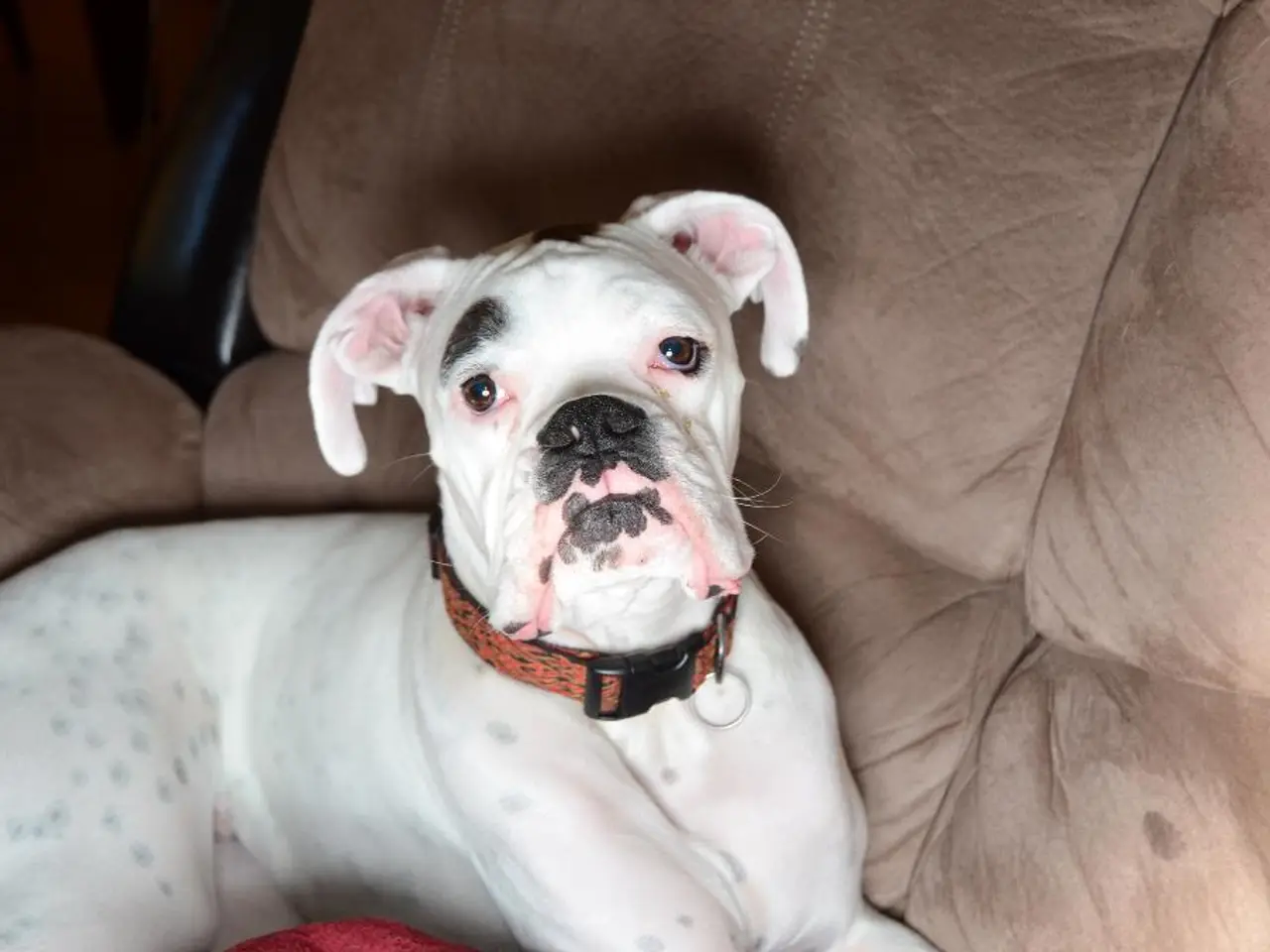Cleaning Pet Urine from Car Seats: A Detailed Instruction Manual
Pet accidents in the car can be a frustrating and smelly experience, but with the right knowledge and products, you can efficiently clean and deodorize your car seats. Here's a step-by-step guide on how to tackle pet urine stains and odours on various car seat materials.
For cloth seats, start by blotting up as much urine as possible using paper towels or a clean cloth. A deep cleaner designed for fabrics, such as the BISSELL Little Green® Pet Pro Portable Deep Cleaner with a PET PRO OXY Spot & Stain formula, is recommended. Apply the cleaner according to instructions, use a soft brush or machine cleaner to work the solution into the fabric, rinse lightly with water, and blot dry. Allow the area to air dry completely to prevent mildew.
Leather seats require a gentle leather cleaner like the Furniture Clinic Leather Care Kit. Immediately blot urine with a soft cloth to remove excess moisture, and follow the kit’s two-step process involving cleaning and then applying a protector to make future stains easier to clean. Avoid excessive water or harsh chemicals that can harm leather. For odour, consider using pet odor neutralizers specifically formulated for cars.
Suede or Alcantara seats need immediate blotting to prevent spreading, followed by the use of a suede-specific cleaner or a mild upholstery cleaner safe for delicate materials. For odour removal, professional-grade enzyme cleaners or odour neutralizers designed for pet stains work best.
Vinyl seats can be cleaned with a mild detergent or a vinyl-safe upholstery cleaner. Wipe off excess urine quickly with paper towels, clean with a mild detergent or a vinyl-safe upholstery cleaner, rinse with a damp cloth and dry thoroughly. Using a pet odour neutralizer after cleaning is beneficial.
Before starting, test any cleaning solution on an inconspicuous area of the car seat to ensure it does not cause any damage to the fabric. Repeat the cleaning process if necessary, especially for stubborn stains or strong odours. Blotting is an important step in removing pet urine from car seats, absorbing moisture and residue.
Preventative measures like waterproof seat covers and pre-ride pet grooming can reduce the frequency and severity of accidents. For persistent odours, a mixture of equal parts water and white vinegar can be used as a natural deodorizer on vinyl and leather, but test on a small area first. Always ventilate the car well during and after cleaning to speed drying and reduce lingering smells.
By following these guidelines, you can ensure effective urine removal without damaging your car’s upholstery, while also tackling odours efficiently. Happy cleaning!
In addition to efficient clean-up methods, maintaining a lifestyle that includes regular pet grooming and using waterproof seat covers can help prevent pet accidents in your car. For stubborn odours, consider using a homemade solution of equal parts water and white vinegar as a natural deodorizer, testing it on an inconspicuous area first.
Furthermore, while selecting home-and-garden products for treating pet stains and odours, choose pet-specific products to ensure the well-being of your beloved pets and the longevity of your car's upholstery. For instance, use enzyme cleaners or odour neutralizers designed for pet stains on suede or Alcantara seats, or opt for a deep cleaner like the BISSELL Little Green® Pet Pro for fabric seats.




